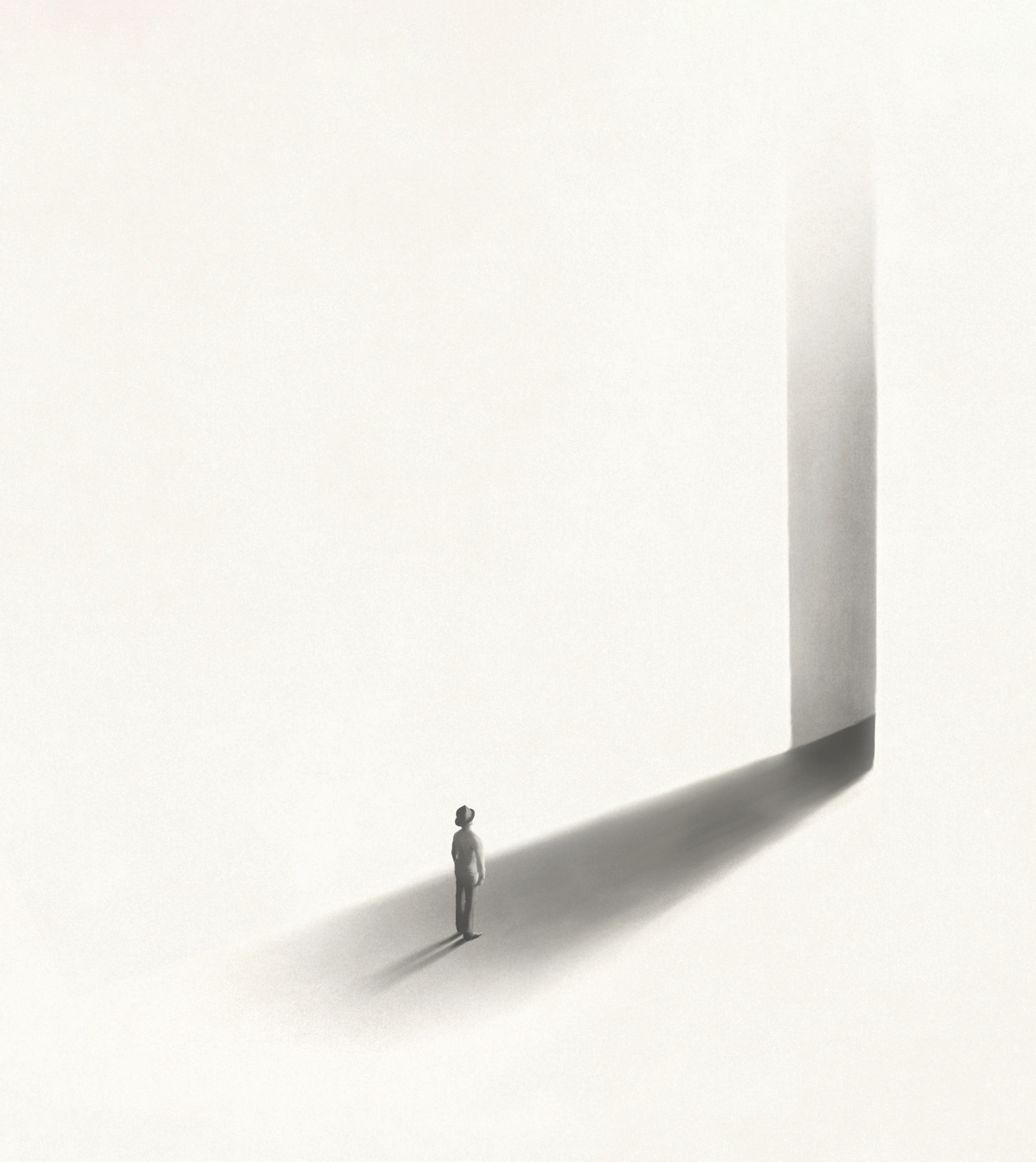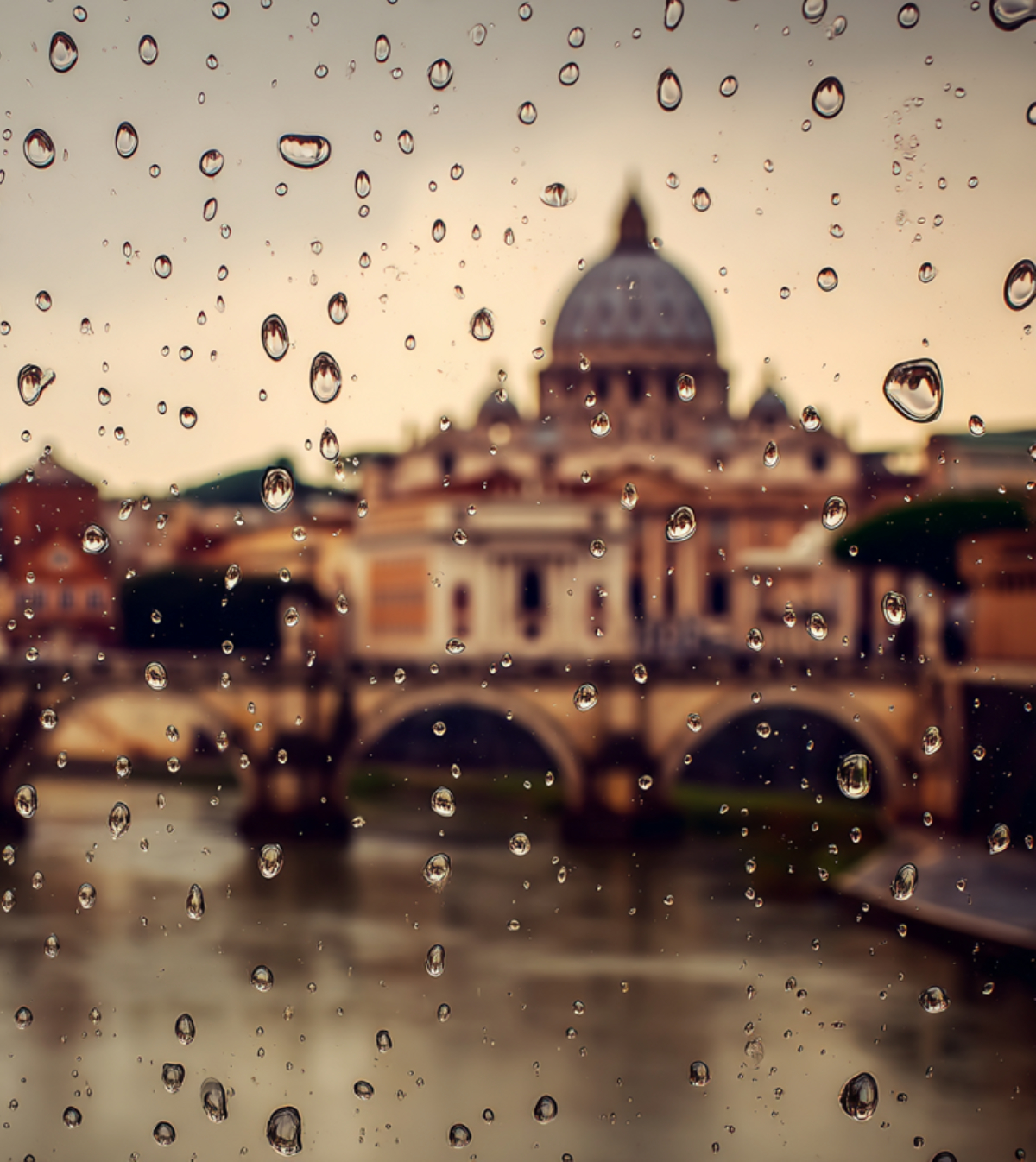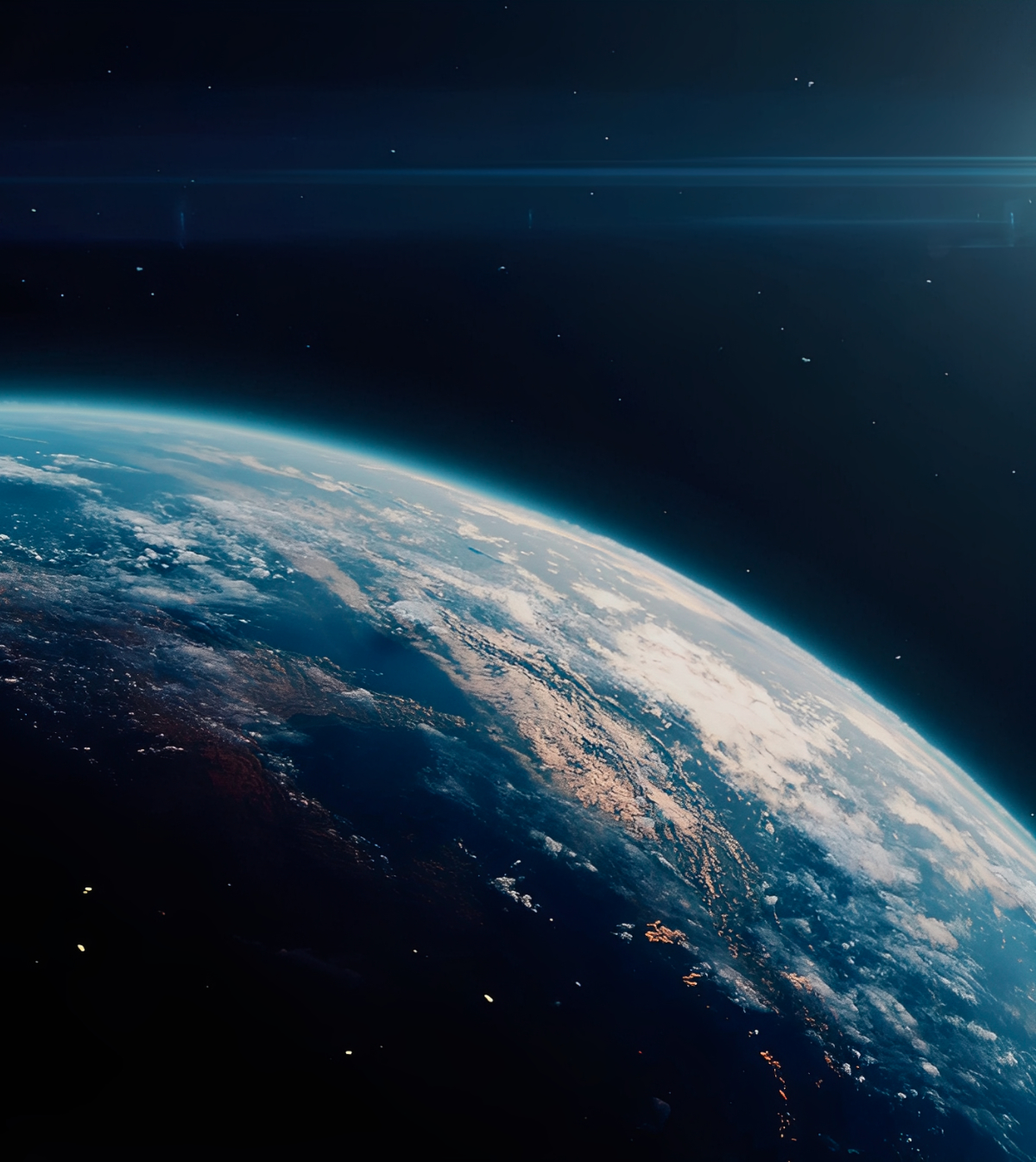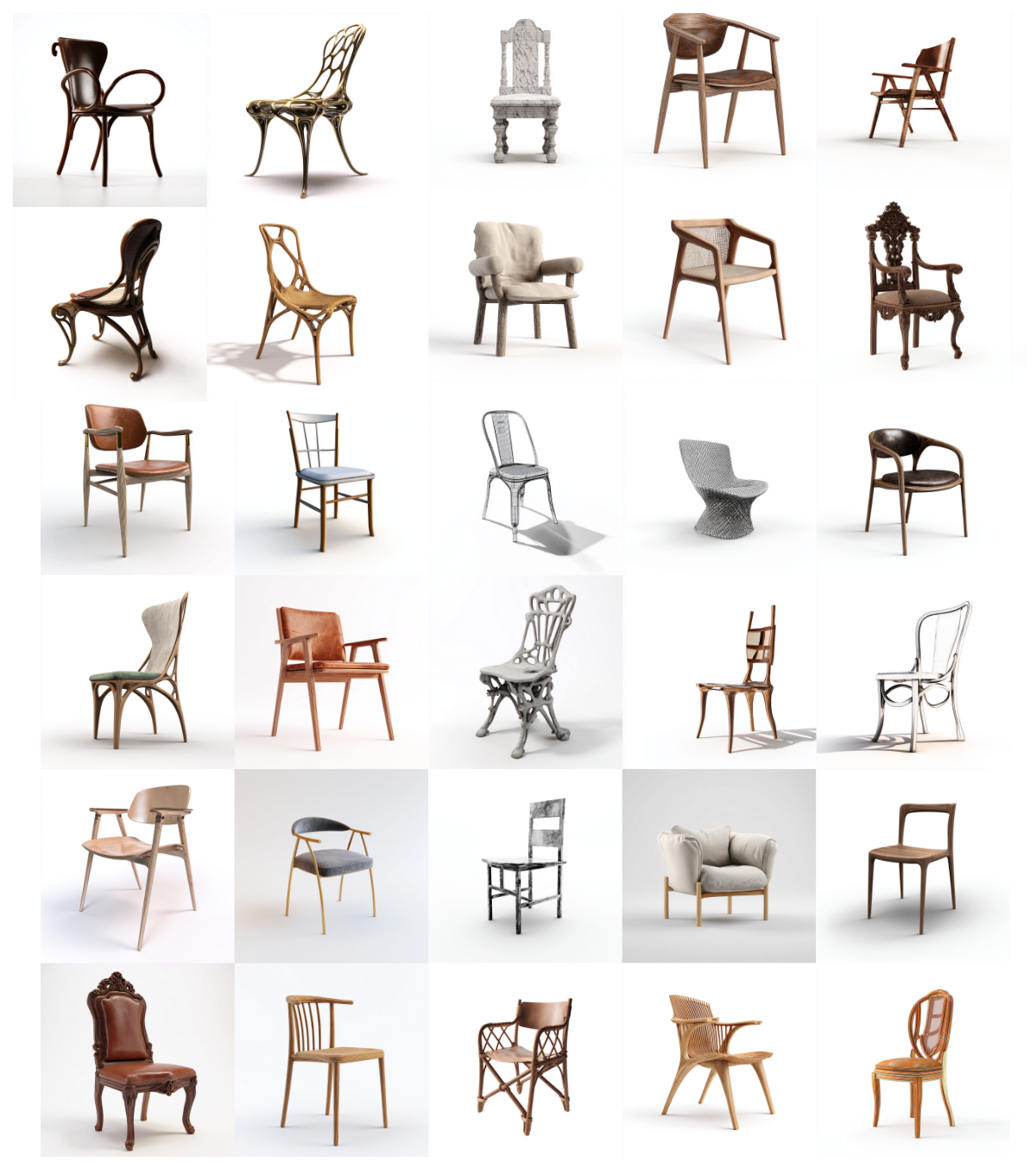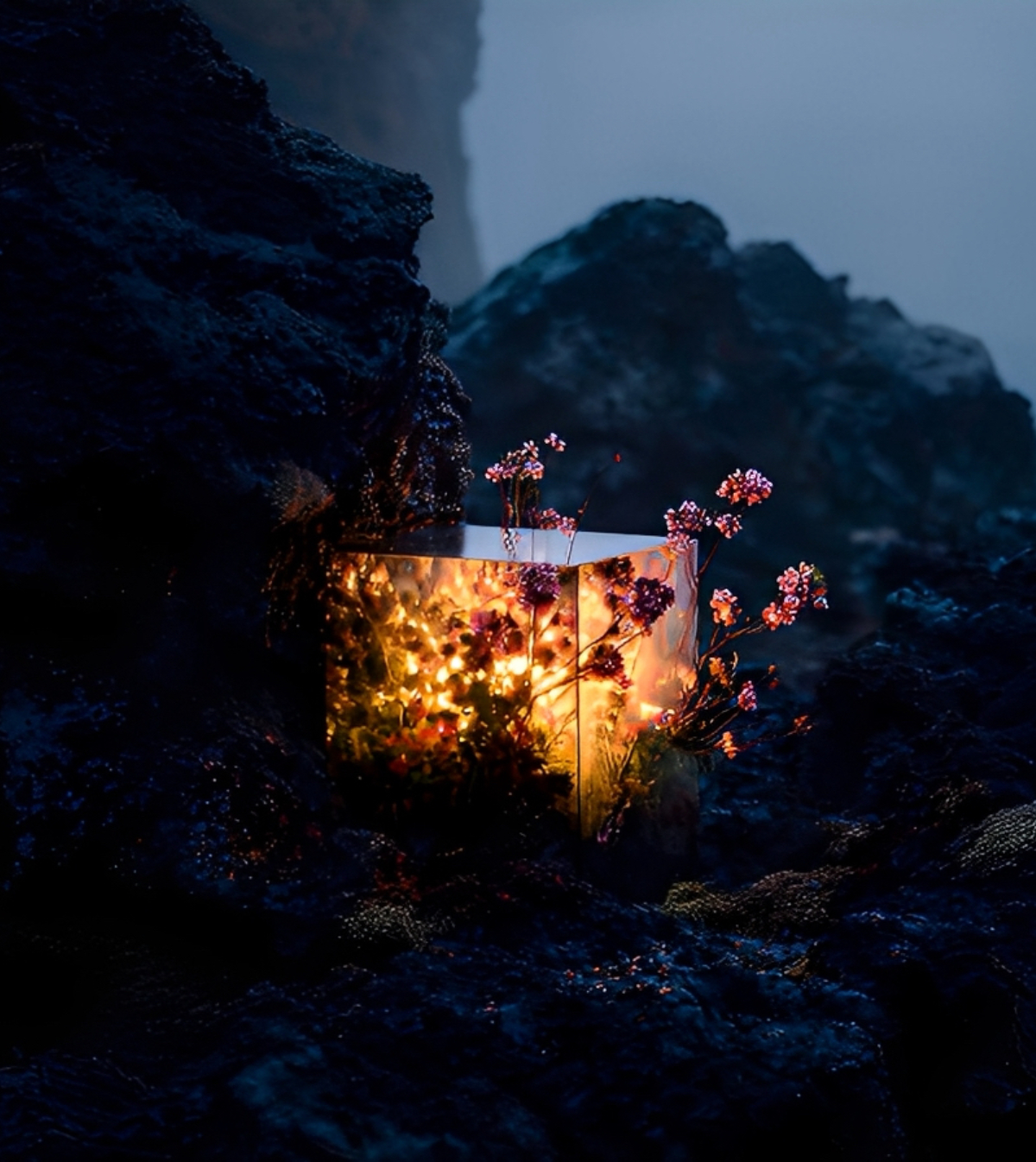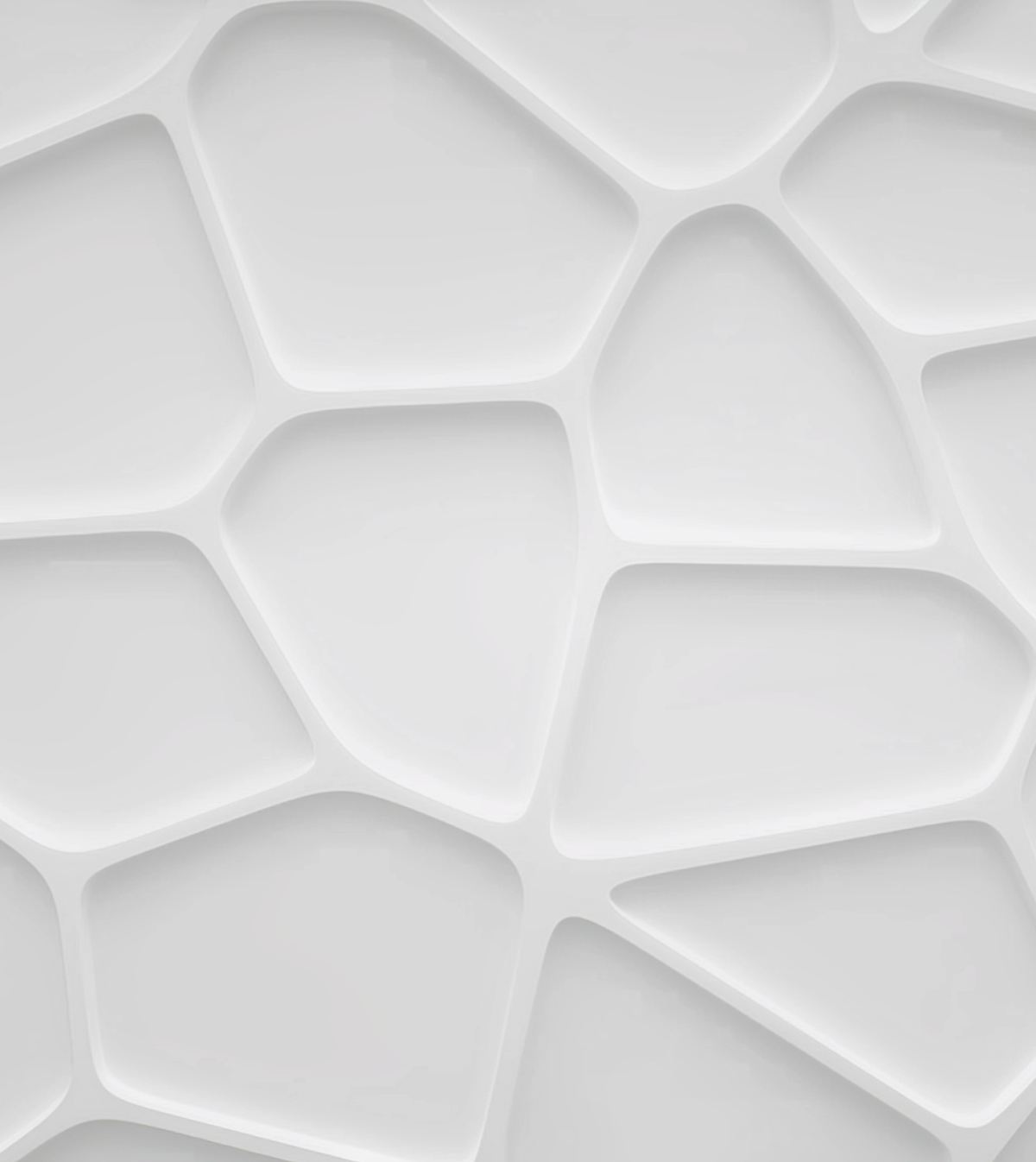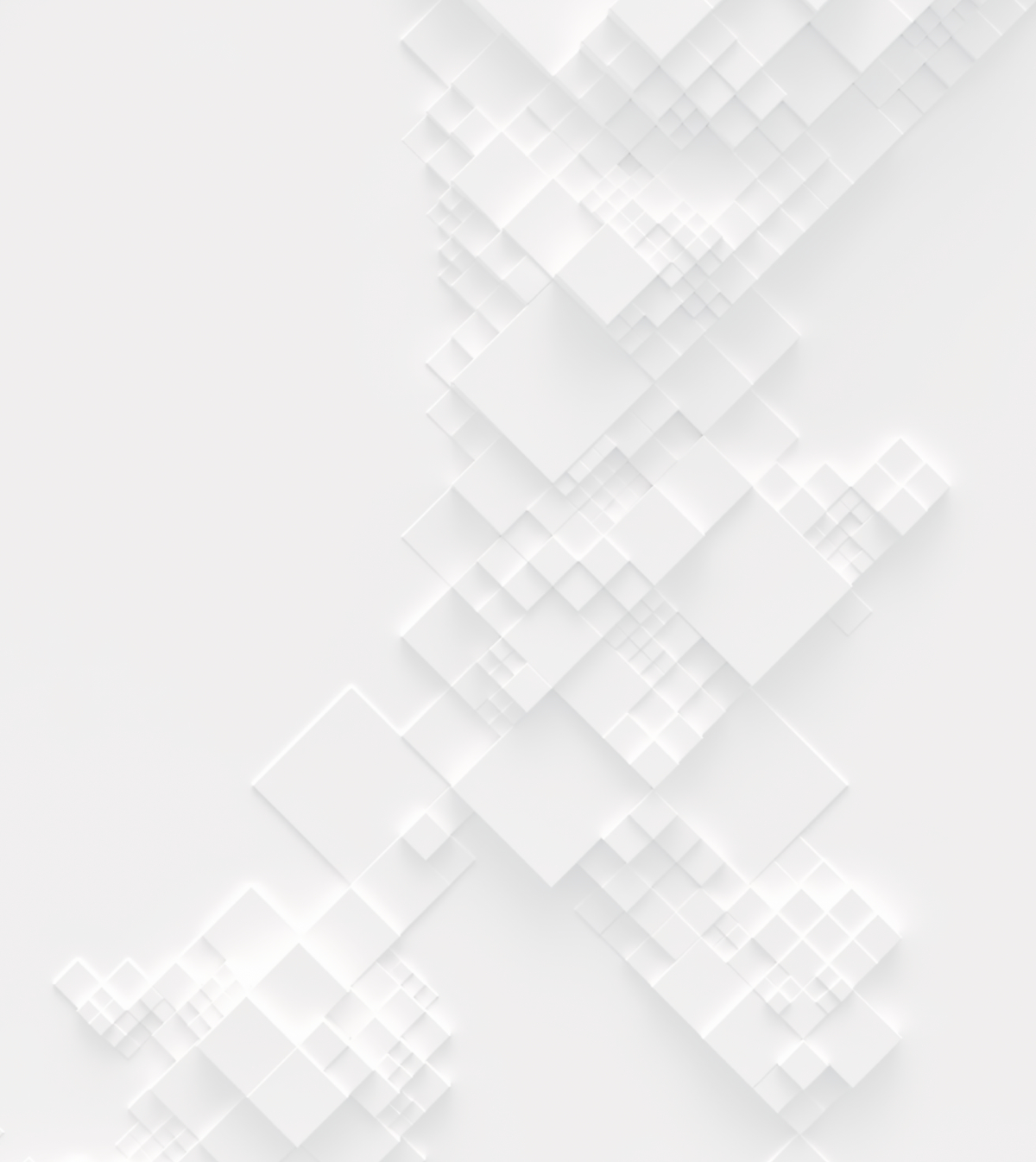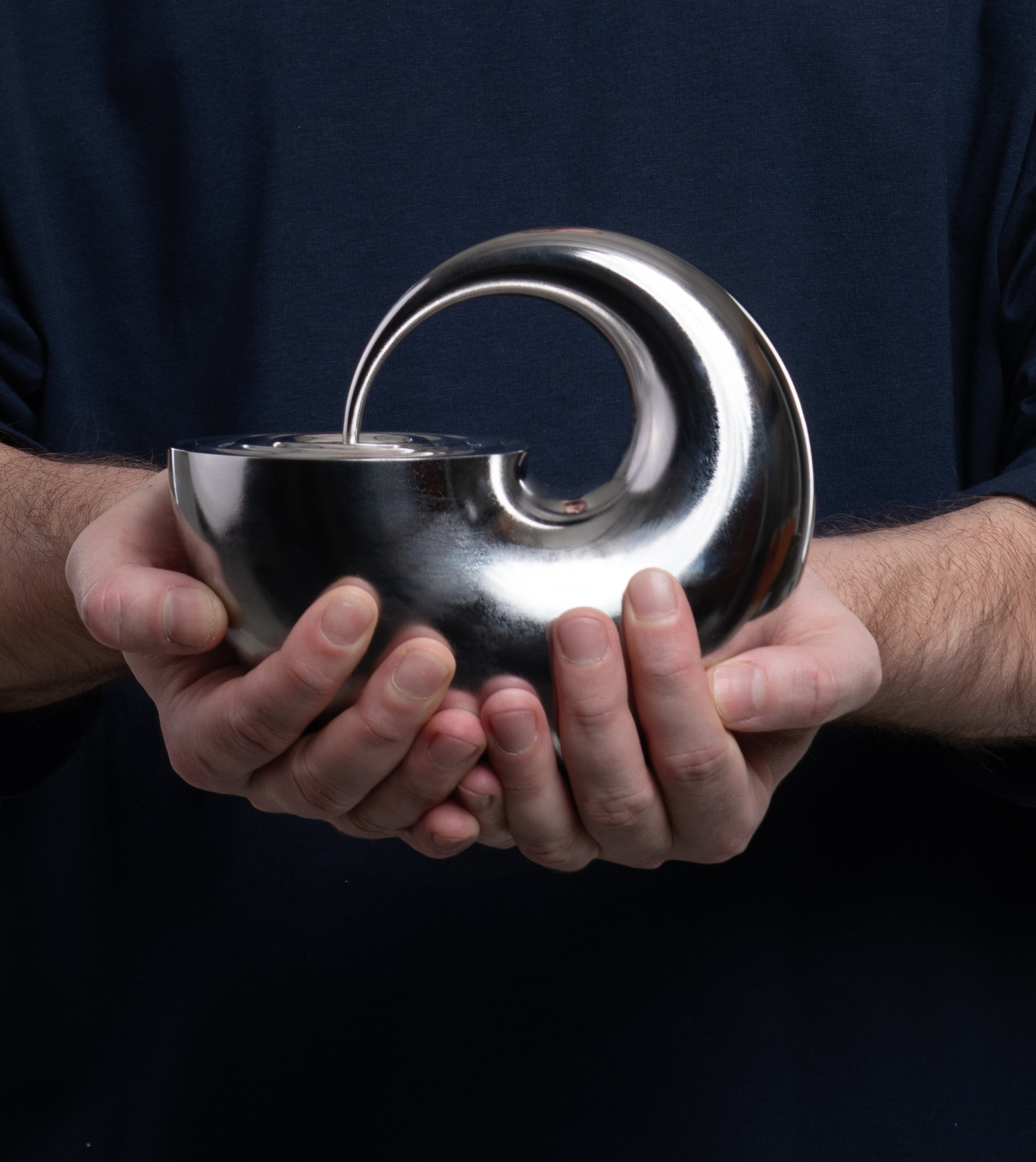Known for its wide beaches, rich biodiversity, and vast green forest, Latvia is quickly gaining popularity as a tourist destination, especially for those looking for sustainable tourism destinations. And while tourism worldwide is slowly recovering after the pandemic – with the World Tourism Organisation (UNWTO) recording a 4% increase in international travel – central-eastern Europe is ahead of the curve, seeing tourism increase by 18% since 2020.
With sustainable travel and wellness tourism set to be some of the biggest tourism trends in coming years, Latvia seems to welcome more visitors than ever, looking to experience its lush and diverse landscape and spend some time in nature.
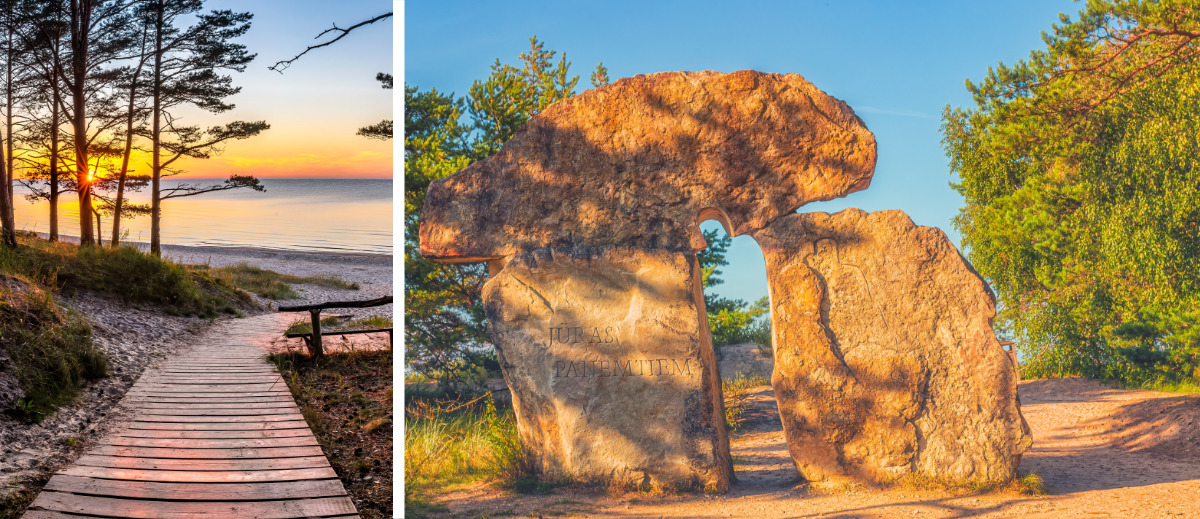
Latvia features over 500 km of beaches along the Baltic Sea coastline, with crashing waves along the Kurzeme coast and calmer waters from the Gulf of Riga hugging the coast at Cape Kolka. The country's most popular stretches of white sand beaches are in Riga and Jurmala, contrasting with the rocky beaches of Vidzeme. Punctuated by dunes, cliffs, sandstone outcrops, rocks, and caverns, the Baltic Sea coastline is home to charming and unspoiled fishing villages, imposing port cities, and the popular resort city of Jurmala.

Baltic Sea is famous for its amber fragments that are often washed up on beaches, appearing in a variety of shades which characterise Latvia. Originally formed from fossilized pine tree resin about 40 million years ago, the shiny specimens that wash up along the Baltic Sea coast sometimes contain plant and insect inclusions, from ferns to frogs and even dragonflies caught in the pine tree resin eons ago.
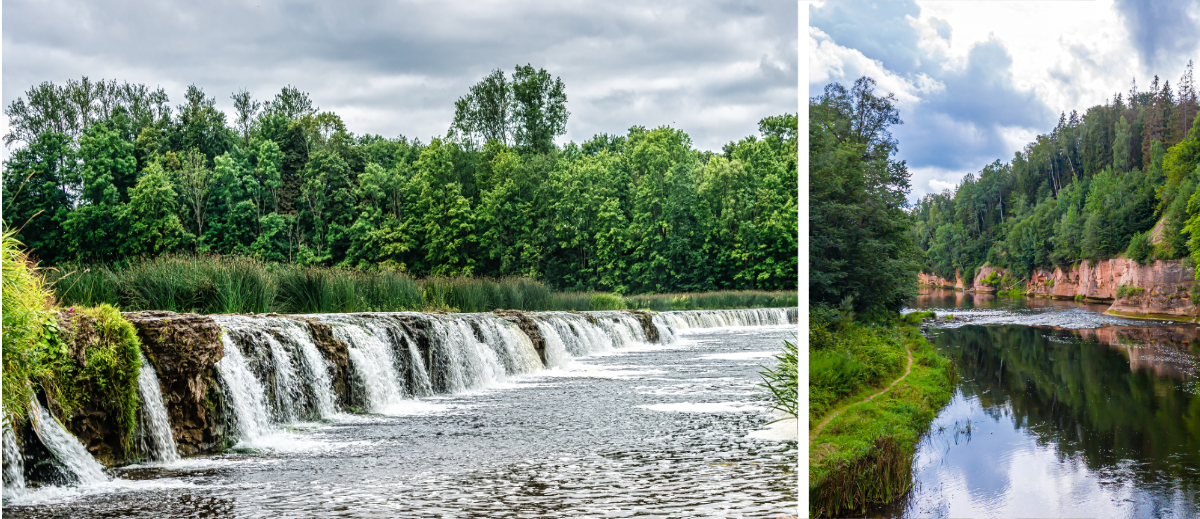
Roughly 20% of Latvia is protected land, with four national parks, 42 nature parks, 260 nature reserves, 355 nature monuments, seven protected marine areas, 24 micro reserves, and a biosphere reserve. However, these resources are finite, and so significant measures were taken to preserve them not just for their own sake but for the economic benefits that they provide in terms of tourism.
For the Yoga House in the Bog competition, participants are asked to submit designs for a yoga house located in a Latvian bog that is surrounded by forest and is a few hundred meters from Baltic Sea Beach. The location is a one-hour drive from Cape Kolka, a unique spot on the shores of Latvia where two seas clash. The entire region is the perfect place to experience the tranquil purity of nature and the local landscape.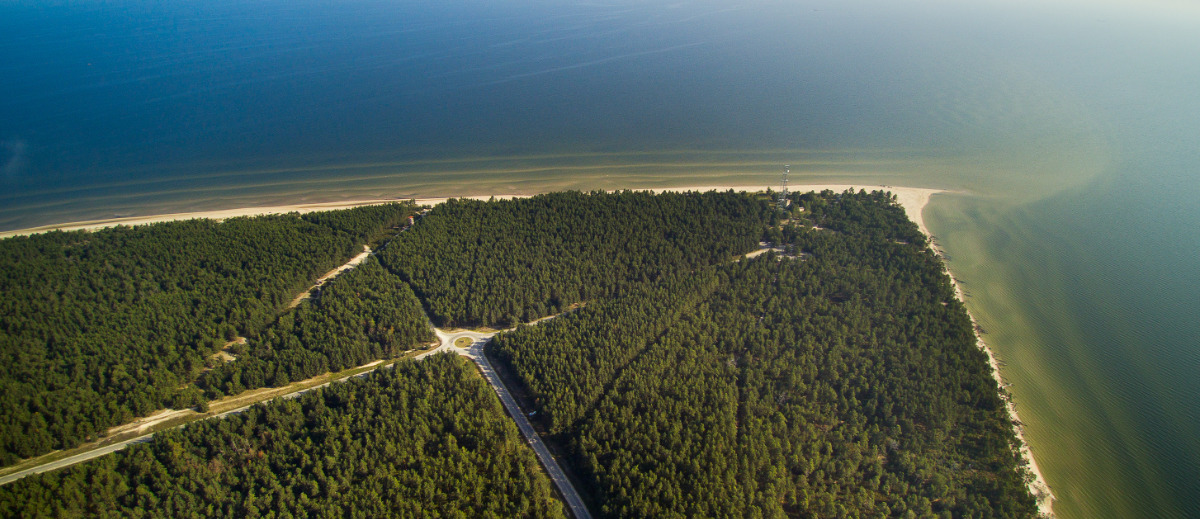
Kolkasrags, known in English as Cape Kolka, is a cape near the entry of the Gulf of Riga and is the point at which the Gulf of Riga and the open Baltic Sea meet. The pronounced shore is part of Slitere National Park and is a source of great natural beauty, as two seas clash, and thousands of migratory birds fly overhead.
The yoga house should allow guests to experience and connect with nature during their stay. While they need shelter and protection from the elements – high temperatures in summer and strong winds, rain, and snow in the winter – the yoga house should make them feel a part of the environment, not separated from it.
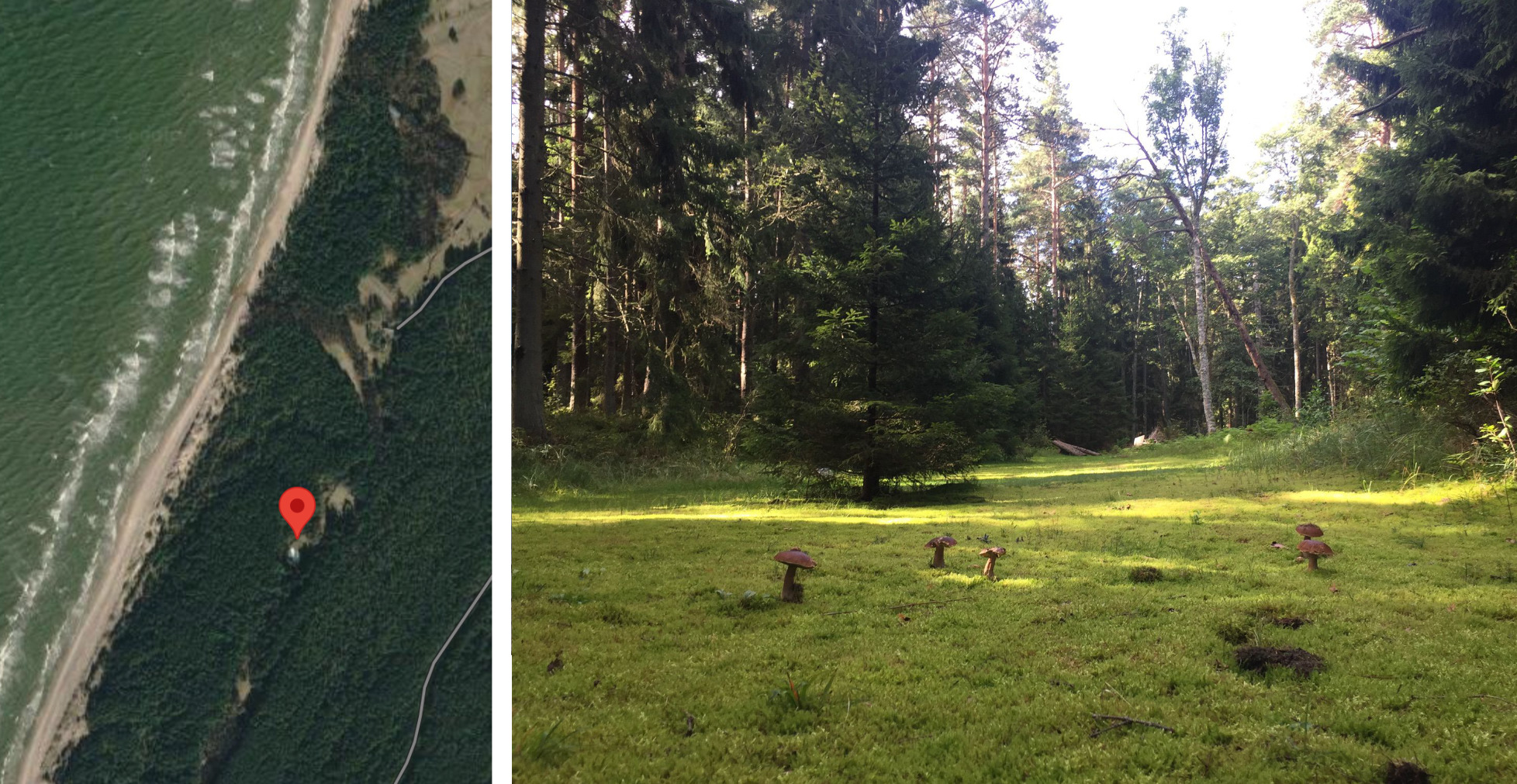
The competition site is located in a Latvian bog which is surrounded by forest and is a few hundred meters from Baltic Sea Beach. The location is a one-hour drive from Cape Kolka, a unique spot on the shores of Latvia where two seas clash. The entire region is the perfect place to experience the tranquil purity of nature and the local landscape.
For the Yoga House in the Bog competition, the jury panel will be looking for designs that interact harmoniously with the unique and sensitive environment surrounding it. It should be both an iconic design and a positive example of green building practices.
Download the full competition brief for more information!
The competition is open to all. No professional qualification is required. Design proposals can be developed individually or by teams (4 team members maximum). Correspondence with organizers must be conducted in English; All information submitted by participants must be in English.



